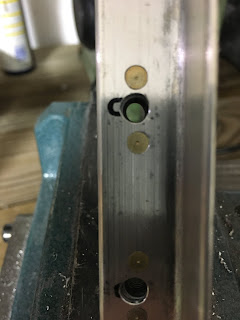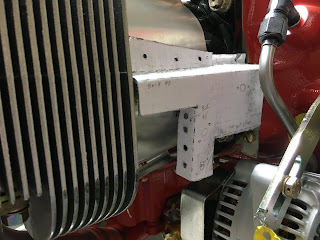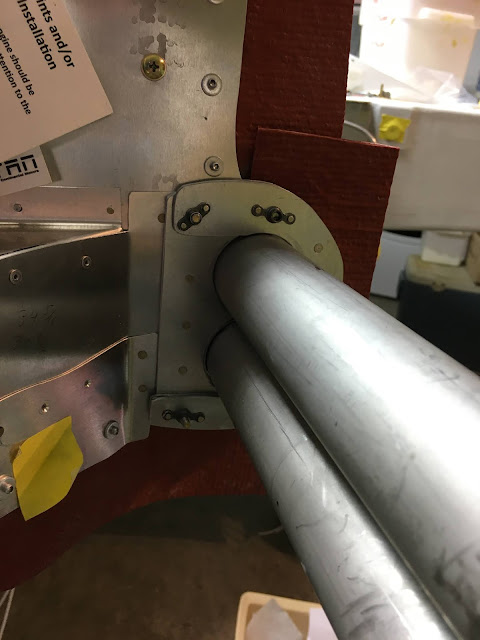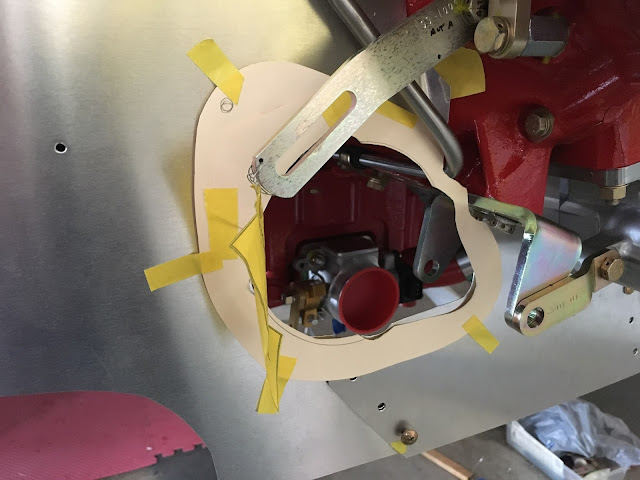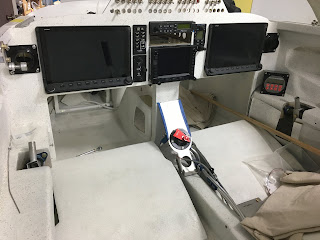 |
| Test fitting. Still deciding where to mount the SDS interface. |
 |
| PS Engineering unit with custom harness. |
 |
| Plate for audio jacks. Version 2. |
 |
 |
| Printing on the wires identifies function, jack, pin and colors. |
 |
| The wires need to be fed through this back shell before pinning the connector. Doh! |
 |
| One connector done. The other needs depinned. |
 |
| Unit secured in tray with jacks connected to the back plane. |
 |
| Test fit is good. Jack doesn't interfere with canopy strut. |
 |
| Neat features. Multiple music sources available. |
 |
| Paired a phone and tested charging, bluetooth streaming music and caller ID. Phone capability is handy for IFR clearances over the phone and other pertinent calls. |






















